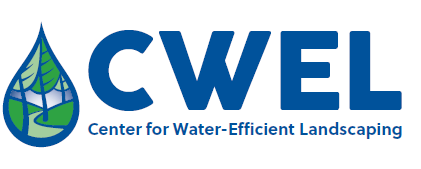Document Type
Article
Journal/Book Title/Conference
Crop Science
Issue
45
Publisher
Crop Science of America
Publication Date
2005
First Page
524
Last Page
528
Abstract
Using reduced-maintenance turfgrass as an alternative to current high-maintenance turfgrass species would conserve resources, labor, and potentially reduce pollutants in the environment. CWG-R is an experimental population of crested wheatgrass [Agropyron cristatum (L.) Gaertn.] from Iran that has shown potential as a low-maintenance turf. The objective of this research was to estimate the genetic variation for turf traits within the CWG-R population when evaluated under a reduced-maintenance regimen. Ninety CWG-R clonal lines were established in 1998 near Logan, UT, as spaced-plant plots in a RCB design with four replicates. Maintenance of 50% ET0 replacement, 97.74 kg of nitrogen ha1yr1, and mowing at 7.62 cm was approximately 40% lower than typical for high-input Kentucky bluegrass (Poa pratensis L.) turf. Critical turf traits, including spring regrowth, season-long (March–October) and mid-summer (June–July) turf quality, color, and rhizomatous spread were evaluated in 1999 and 2000. Significant genetic variation among clonal lines was evident with broad-sense heritabilities of 0.65, 0.76, 0.45, and 0.76 for spring regrowth, season-long turf quality, color, and rhizomatous spread, respectively. Several clonal lines remained green throughout the summer months and maintained acceptable turf quality and color ratings during the critical mid-summer period. The high broad-sense heritability estimates within this population indicate potential for successful improvement of critical turf traits by phenotypic selection. These results indicate that that CWG-R could be an important low-maintenance turf-type crested wheatgrass germplasm.
Recommended Citation
Hanks, Justin D.; Waldron, Blair L.; Johnson, Paul G.; Jensen, Kevin B.; and Asay, Kay H., "Breeding CWG-R crested wheatgrass for reduced-maintenance turf" (2005). CWEL Publications. Paper 15.
https://digitalcommons.usu.edu/cwel_pubs/15


